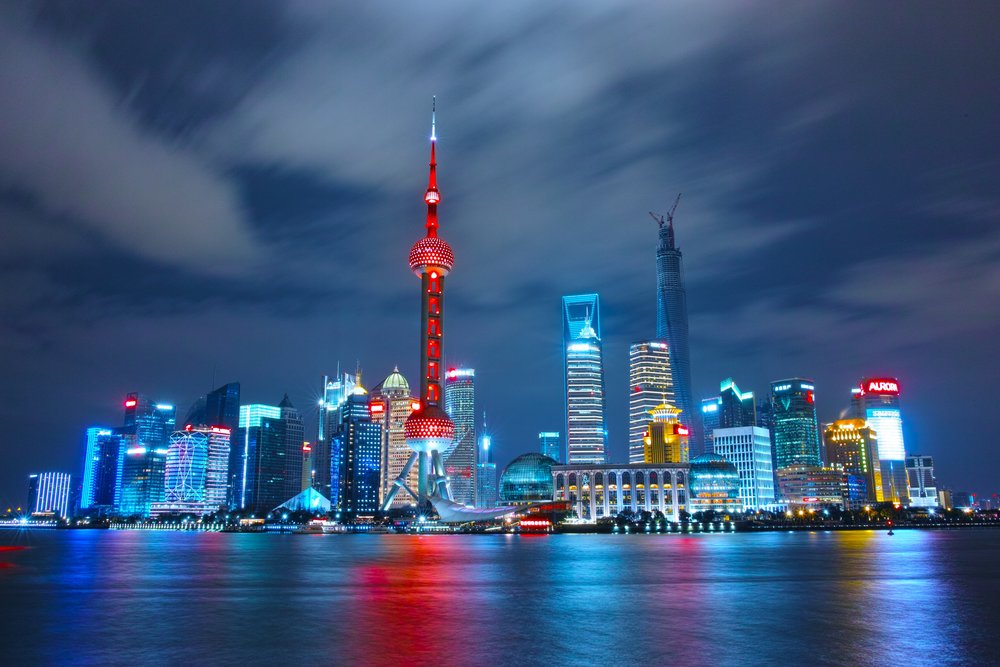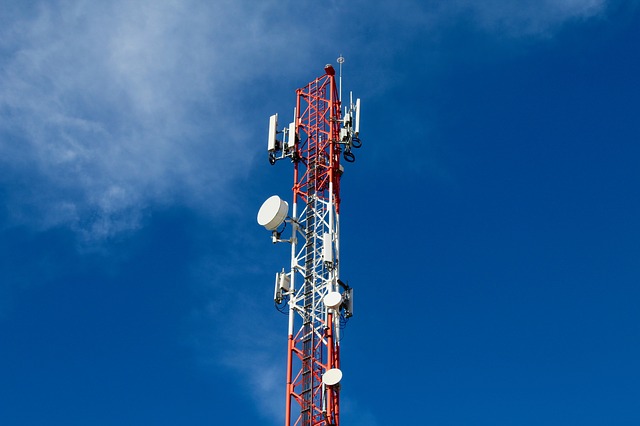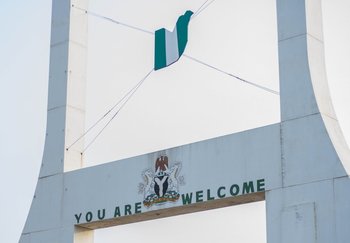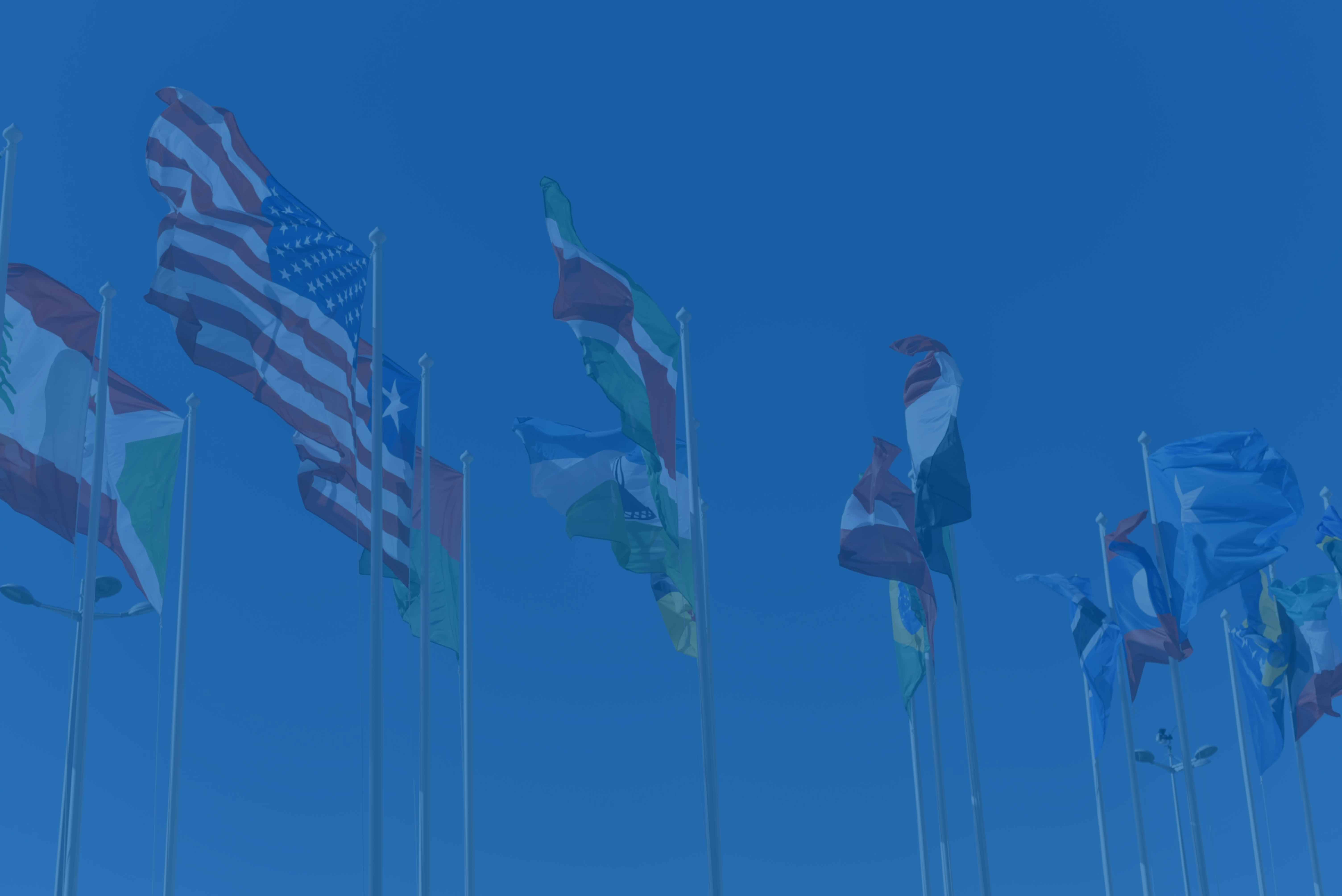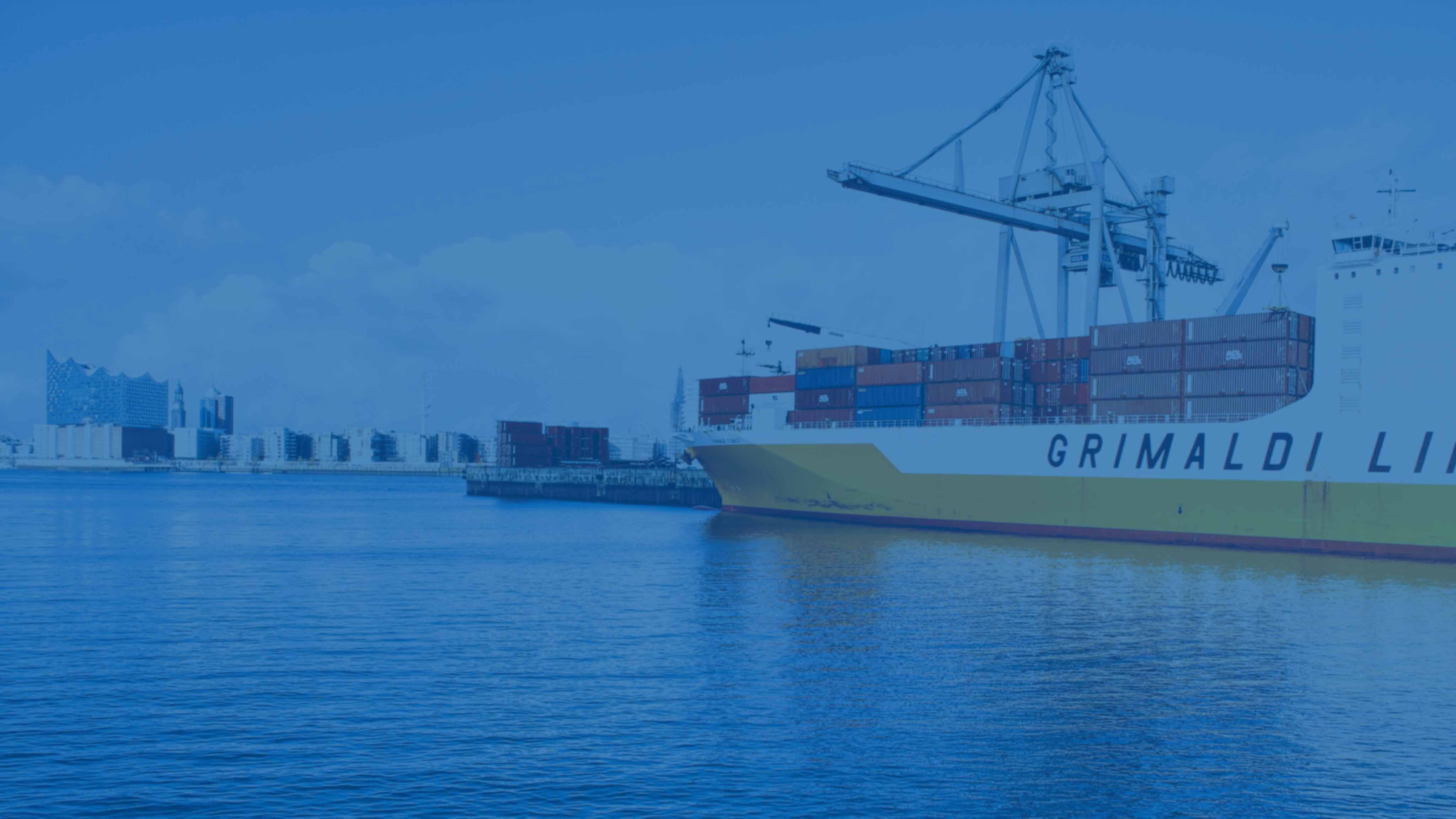Why China is turning its focus towards nurturing economic ties with the MENA+
- Trade and strategic partnership between the Middle East and China is driven by shared strategic goals
- Cooperation in digital economy is characterized by the entry of Chinese online businesses into the regional market
Tahseen Consulting's COO Wes Schwalje discussed China's new title as the biggest investor in the Middle East with Wamda's Alicia Buller. You can read the full article here.
The trade and strategic partnerships between the Middle East and the China are continuing to blossom - perhaps even faster than predicted. What main factors are driving this mutually beneficial partnership?
The Middle East is an integral part of the Chinese One Belt One Road (OBOR) project.
It is a catalyst behind significant infrastructure investments, policy coordination, trade and financing collaboration, and social and cultural cooperation between the Middle East and China. The Middle East has created investment funds to invest in OBOR projects in the region. For example, the $20 billion investment fund created last year by the UAE and Saudi Arabia is a big step in aligning the Middle East with China. The UAE and China created a $10 billion investment fund in 2015. China has also been investing in the UAE's oil & gas sector, specifically in the ports infrastructure and onshore oil fields.
Enhanced political cooperation has also played a key role in driving the mutually beneficial relationship. China and Saudi Arabia have formed a joint committee to coordinate geopolitical interests and the $91 billion investment agreements as China plays an increasingly important role in Africa and the Arab world.
China's increasing geopolitical influence in Africa has also strengthened Middle East-China ties. Egypt, for example, has aligned itself with the OBOR initiative to boost regional trade.
China's activities in the Horn of Africa, like opening its first overseas military base in Djibouti last year, have inevitably also brought the Middle East into the realm of Chinese geopolitical influence. The UAE hosted a UAE-China Week in July this year which saw the attendance of the Chinese President to reiterate the partnership in achieving joint strategic goals.
It is therefore evident that trade and strategic partnership between the Middle East and China is driven by shared strategic goals, expanding Chinese geopolitical influence, and the MENA region's alignment to the OBOR initiative to reap economic benefits in the future.
Which trade areas are particularly dominant between the two regions? And which trade areas do you expect to grow?
With total bilateral trade between China and the Middle East expected to grow to between $350-500 billion by 2020, there are certain trade areas which can aid both regions in achieving this milestone. To begin with, oil & gas and energy sectors present a major opportunity. Massive investments have been planned by the Middle Eastern countries, primarily by Saudi Arabia and the UAE, and China in the oil and gas sector.
Energy sector investments are at the core of the $91 billion agreements signed between Saudi Arabia and China.
OBOR’s infrastructure investments also include telecommunications infrastructure focused on enhancing connectivity, expanding internet access and improving mobile access to previously underserved countries and populations. Space technology is also an important area of focus for both regions in terms of ICT connectivity, which was part of the $65 billion investment agreement signed between Saudi Arabia and China in March last year.
Significant investments are also planned in the transport infrastructure across the region to enhance oil-trade between the Middle East & China – the world’s second largest oil market.
Investments are likely to focus on road networks, rail systems and public transport projects. Improvement in ICT and transport infrastructure will prove to be an accelerator for Chinese tourists to the region. The Chinese market is one of the biggest tourism source markets for the Middle East. With over 1 million Chinese tourists expected to visit the UAE this year – and a 100% growth in tourist numbers since 2014 – improvement in connectivity will usher in a new wave of Chinese visitors. Technologies for Chinese tourists, like expanding AliPay e-payments and codeshare agreements to facilitate Chinese tourists are already expanding.
What’s driving the success of the ‘digital Silk Road’ - i.e. Alibaba’s success in the Middle East and UAE Noon’s license to expand into China? How might this digital e-commerce relationship evolve?
Cooperation in digital economy is at the heart of Middle East-China cooperation. But this cooperation seems to play out in China’s favor by opening up a new market for Chinese online businesses.
Chinese e-commerce company JollyChic is now one of Middle East’s most popular platform with 35 million registered users.
It is especially popular in Saudi Arabia. Middle Eastern investments in Chinese tech firms can also expand Chinese influence in the regional digital economy. PIF-backed SoftBank is reportedly mulling a $1.5 billion investment in the Chinese social media giant Bytedance, which will bring the valuation to $75 billion surpassing Uber’s $72 billion and Didi Chuxing’s $56 billion valuations respectively.
Other Chinese tech companies are also venturing into the Middle East. AliPay is expanding in the region to provide e-payments options to Chinese visitors, in agreement with local and international partners. Chinese smartphones have been gradually increasing their market share in the region over the years. Smartphone brands like Lenovo, Xtouch and Huawei have registered impressive growth since 2014. In fact, Chinese smartphone maker Xiaomi is targeting a threefold increase in smartphone sales in the Middle East this year. In Egypt, Huawei has already surpassed Apple in its market share, and is likely to bypass Samsung soon, becoming the market leader.
Chinese representation at key events in the Middle East is helping the digital e-commerce relationship evolve.
6 Chinese speakers were part of the Future Investment Initiative Conference in 2017, including Jean Liu, President of Didi Chuxing and Fan Bao, CEO of China Renaissance. Chinese officials have also visited the region to reaffirm commitments for joint cooperation. The Chinese President Xi Jinping visited the UAE this year and signed strategic partnerships to evolve the developing trade relations.
With bilateral tech investments, stakeholder representation at key events, and penetration of Chinese digital products in the region, the digital e-commerce relationship is likely to evolve along the lines of the Pakistan model. Chinese technology firms are likely to make big-ticket acquisitions in the Middle East just like Alibaba acquired Pakistan’s Daraz Group for a reported $200 million, to enter the Pakistani e-commerce market. Alibaba-linked Ant Financial Services Group also invested $184.5 million to acquire a 45% stake in Pakistan’s Telenor Microfinance Bank, and is likely to further invest in the fintech space. Similar to the China-Pakistan Economic Corridor, Chinese companies may also invest in ICT and connectivity infrastructure along with roads and transport infrastructure in the coming years, thus expanding geopolitical and economic influence in the Middle East.















